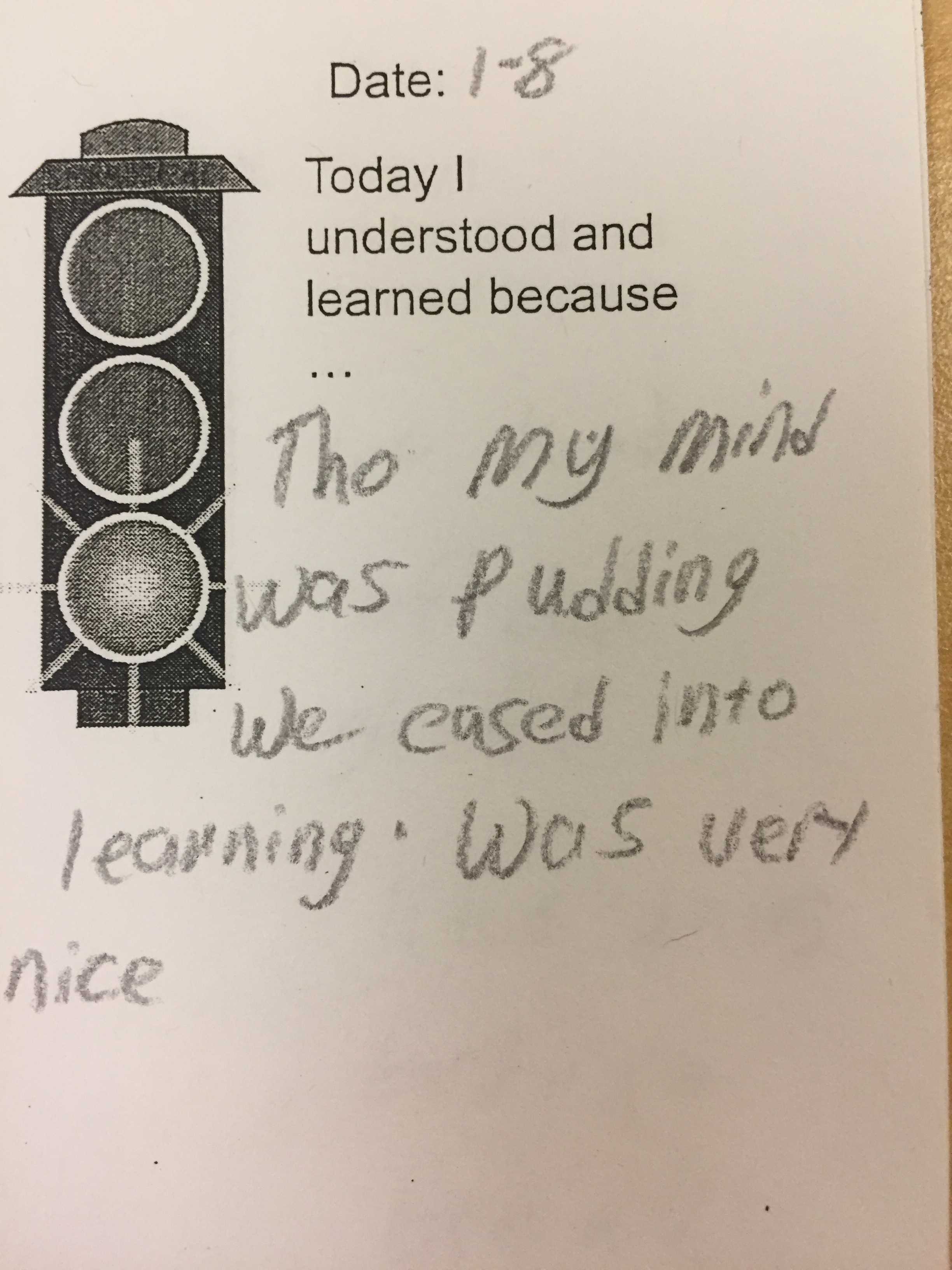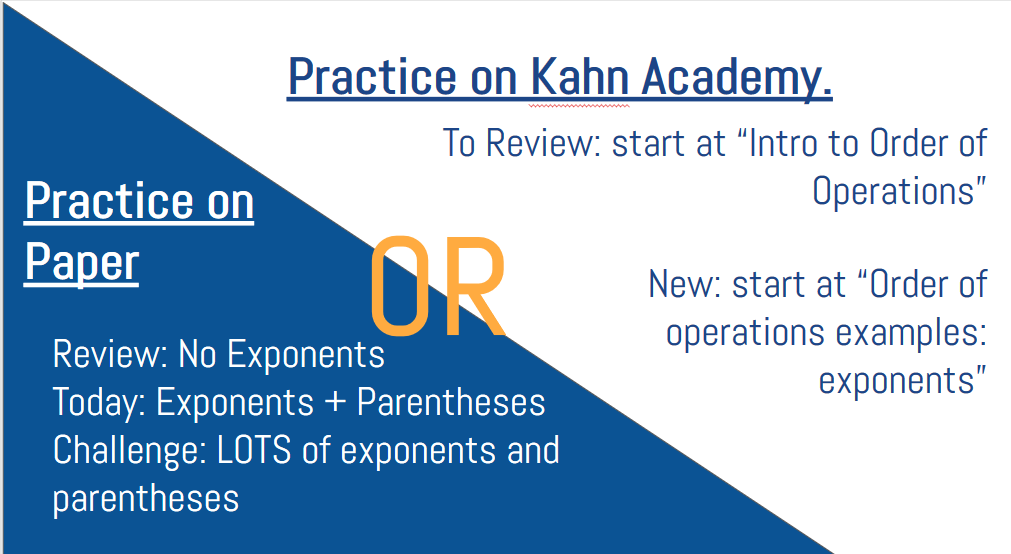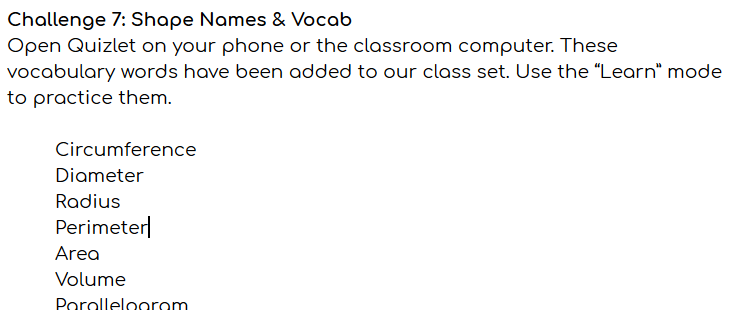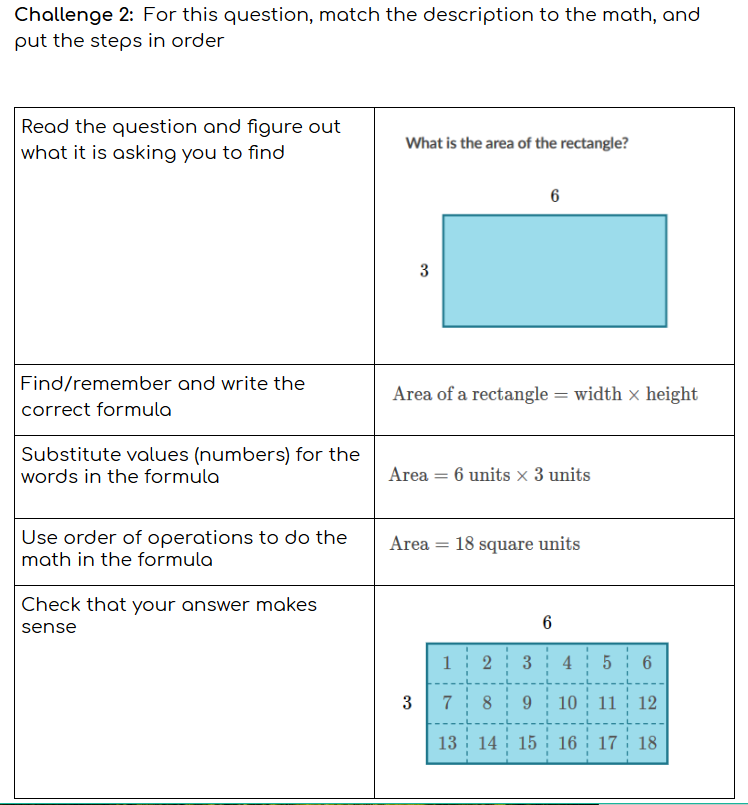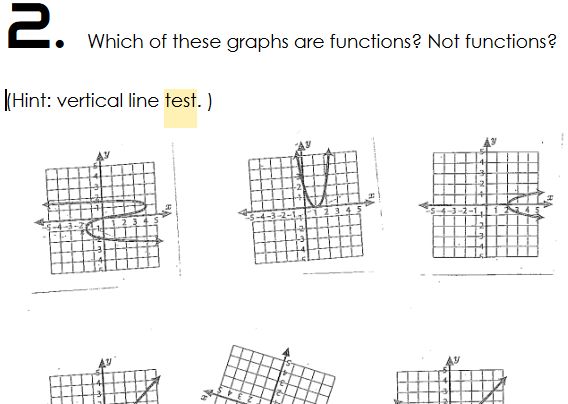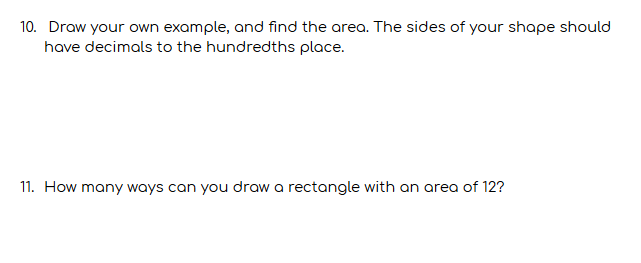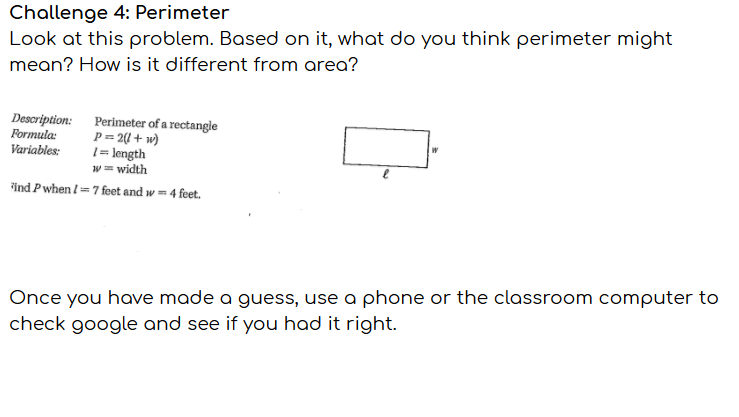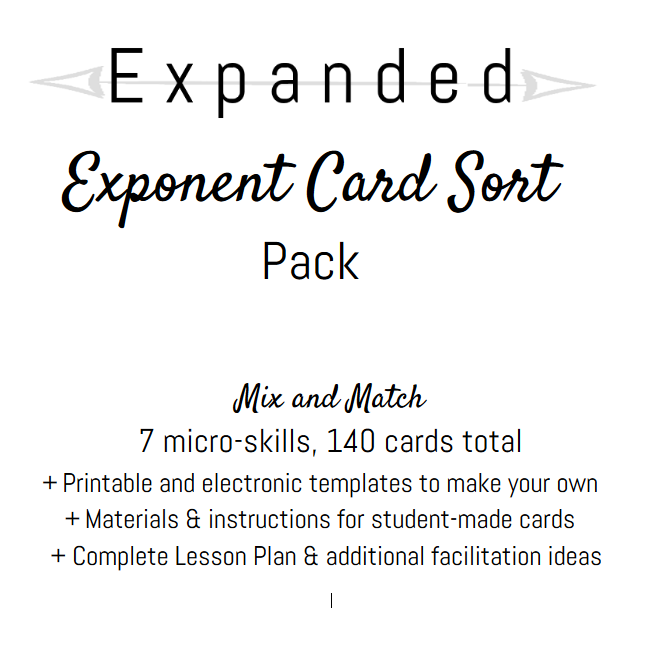Teach the students, not the test.
I am quite certain that what I care most about teaching is that you, yes, you the one who never got above a C in math class, can learn anything, even math. Teaching the students.
Except that what my students care most about passing a test (HISET) that stands between them and big dreams (jobs and college and examples for their kids and a sense of pride at finally doing the thing they quit years ago) And, there’s something worthy in helping them reach those goals, and it is nice proof of my basic thesis when they do it …so, yeah, we do kind of teach the test, too.
In a perfect world it would be different, but in this world, I’ve made some peace with the idea that it’s possible to teach both.
I have not, however, settled on a favorite way to actually, effectively incorporate test practice into class, so I’m giving it some thought before the rush of the school year.
The challenges:
How to give enough to expose them to the breadth and challenge of the test, without sending them into overwhelm.
How to connect it to our current learning and prepare them for an exam that covers approximately 5 years of K12 math standards. (Yes, really: 6th grade area to high school algebra)
How to fit it in an already over-stuffed curriculum.
Past attempts:
Give interested students practice tests to take home. (This only really works with a subset of students who are pretty prepared and pretty self directed)
Slip questions from the practice tests in to my weekly review routine (A keeper, I think, although probably not enough by itself)
Collect multiple questions relevant to our topic from across the stack of practice tests, make it part of the lesson (Super-laborious until we found an intern to help us organize, now only moderately laborious)
Review sessions, on those random end of term/all-the-interuptions days when you can’t teach anything new anyways. (Not bad. Not brilliant, I don’t think, but not bad)
Additions for this fall:
Easy win: Bubble sheets. Apparently one student was totally thrown off by the answer sheet when she took the exam last year. I put “use bubble sheets in class each trimester” on my goals list. *Check*
Question of the Day: One practice test question every week, slipped into the routine of the class. I spent one distinctly not-fun afternoon sorting through tests and picking a couple dozen out. This is the exposure therapy theory of math teaching: see the test questions often enough and they’re less intimidating.
But, I’m still in search of structures for those random review days that make them something more than solo worksheet time. Especially, ones that don’t rely on speed, shouting out answers, or competition to make them game-y. My students have enough math anxiety already, thank you very much.
My favorites so far:
These 3 problems all have the same answer. What is it? Where ‘answer’ means: the same letter on the multiple choice format questions. This let me mix in questions students were likely to get with stretch questions without inducing overwhelm. It worked particularly well in groups, where different people knew different questions and could check each other.
Test question sort When you’re being tested on 5 years worth of standards all at once, quickly identifying what math you need to use is crucial. And hard. So we say, lets not worry about the answers for a little while and focus on identifying what we’re being asked to do. Also, my students are very, very familiar with card sorts.
But, really, I could use more ideas. My best googling turns up few ideas that suit my class 🙁

